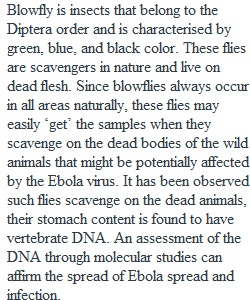


Q This Week's Posting Prompt: Address at least ONE of the following prompts, pose an informed related question, or respond to a classmate's post. 1. The figure below depicts some differences between how scientists communicate their results to other scientists in the scientific literature and how journalists communicate information to the general public. How can this sometimes lead to misreporting of scientific results to the public? 2. How can society ensure that the public is well informed about the results of scientific research regarding human health and the environment? 3. Provide an example of an effective communication of study results to the public versus an ineffective one, and justify your choices. 4. A Florida woman was diagnosed with HIV months after undergoing an invasive dental procedure. Then the dentist is diagnosed with HIV. The dentist requests other clients to be tested, and 6 more cases turn up. Most, but not all, infected clients were not in a typical high-risk category. Where did they get their infections from? Researchers sequenced the HIV env gene from the dentist, patients, and local controls from the community, and published their results in Science. The figure below is from their paper. Were all seven HIV patients infected by the dentist? Were any of them? How do you know? The below questions are based on the readings associated with the 3rd Peerceptiv assignment. 5. Why do we believe that non-human primates such as chimpanzees are NOT a reservoir for the Ebola virus? Why are fruit bats considered a potential reservoir? 6. How do genetic mutations (insertions, deletions, and single nucleotide polymorphisms, for example) help to establish evolutionary relationships in the context of phylogenetics? (For help here, refer to the Howard Hughes Medical Institute link (Links to an external site.) provided in the Peerceptiv #3 instructions.) 7. Why would testing the contents of blowfly stomachs potentially help to identify wildlife species impacted by the Ebola virus? ________________________________________ General Guidance: You should read through this week's assigned lab and/or Peerceptiv material before you make your post, so that your post will be informed, and you avoid posing a question that is answered in the course materials. General Format: You are required to make ONE post to each week’s lab discussion board. Your required post must contain 50 words at minimum and be written in your own words. Your grade will be determined by your demonstration of three areas of communication: application, critical thinking, and writing. Deadline: Your required post is due by 11:59PM, Wednesday. Late posts will be penalized 0.5 points (20%) per day late. NOTE: We recommend that you avoid using the smartphone/tablet Canvas app when submitting your discussion post, because the app frequently fails to associate posts with your corresponding discussion group.
View Related Questions